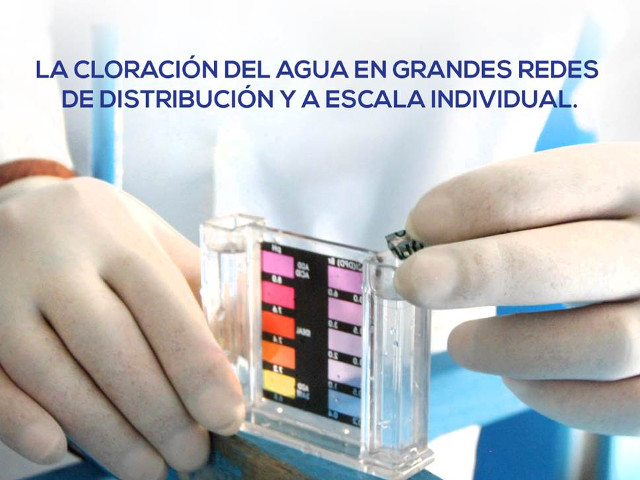Chlorination is a simple and effective way to disinfect water and make it drinkable. It consists of introducing chlorinated products into the water to kill the microorganisms contained in it. Normally, after an action time of about 30 minutes, the water becomes drinkable. Thanks to the remaining effect of chlorine, it remains so for hours or days.
In large drinking water distribution networks, chlorine is added to the water so that it is not contaminated during transport from the treatment plant to the user. On the other hand, chlorination is used at the individual, household or collective level in many developed countries where the available water is susceptible to contamination.
Water treatment by chlorination allows the simple and inexpensive elimination of most of the microbes, bacteria, viruses and germs responsible for diseases such as dysentery, typhoid and cholera. responsible for diseases such as dysentery, typhoid fever and cholera. However, it is unable to destroy certain pathogenic parasitic micro-organisms. Chlorination therefore disinfects water, but does not purify it completely.

